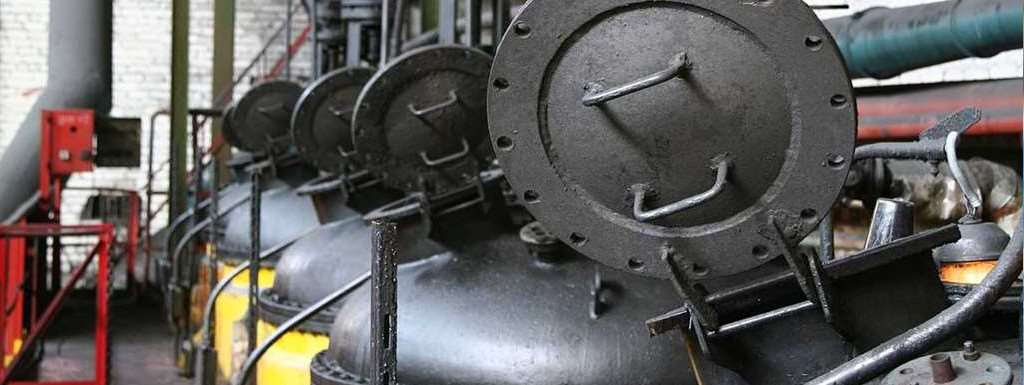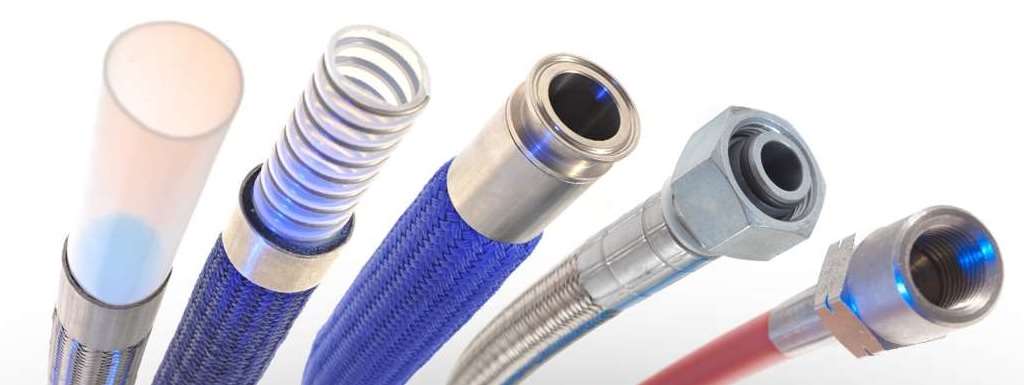Tire manufacturing

Features and benefits of PTFE
- Superior resistance to steam, hydraulic fluids and oils up to 232°C (450°F) compared to rubber hoses
- PTFE is not effected by heat aging, Ozone or UV exposure: extreme reliability and longer service life
- Lowest co-efficient of friction of any solid material; better system efficiency due to lower pressure drops
- Superior flex fatigue life and non-flammable
- Unlimited shelf life
- Low permeability rates
Green tyres are converted to finished cured rubber products via a vulcanization process carried out in a curing mould. Steam at temperatures of up to 200°C / 392°F is used in the curing mould to cure and form the rubber. Water cools the die and compressed air blows the water out of the die before introducing steam for the next cycle.
A typical application uses only two hoses per mould to supply steam, water, and hot air. Typical cycle for the hoses are steam, hot water and hot gas at 14 – 20 bar (200 – 300 PSI), 200°C (92°F), alternating to max 100 mmHg / 4” Hg over a 2 minute to 2 hour cycle, depending upon the tyre type.
OEM supplied curing moulds are typically fitted with inferior performing rubber hoses, which must be replaced every two weeks. Additionally, high permeation rates of rubber hoses result in boiler additives being lost due to “lost effusion.”
PTFE hoses increase production rates by decreasing / eliminating costly rubber hose failures, hose replacement and machinery “down time”. PTFE hoses also reduce top up of expensive boiler additives by reducing loss of additive through the hosewall.
The unique characteristics of PTFE reduce costs of tyre manufacturing and increase safety and reliability.
